Behind every dress there is a story and the history of fashion in Venice has ancient origins. An elegant city, a splendid setting for refined clothes and fine fabrics, Venetian fashion for centuries has represented the mirror of the power of the Serenissima. If wearing a dress also means expressing your personality, Venice has been able to express excellence.
Its artisan workers, its history of costume, Venice is a symbolic and real catwalk for clothes, designed by great stylists or worn with ease by the many VIPs who have passed through it and by anyone who has known how to mingle with its charm. Fashion loves Venice, if you are in the lagoon for a day, 3 days or more, we suggest you consider the Venice Pass, the only card that allows access to various attractions, including those you will find described in this article and also discounts and agreements in various business.
Discover Venice Pass
Fashion in Venice: 5 places you should know and visit
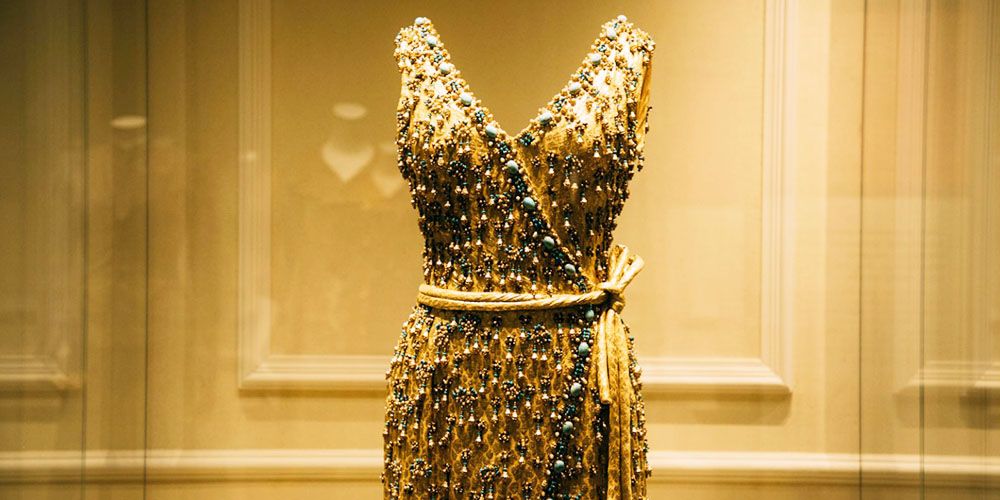
Venice is synonymous with beauty and elegance and every time you set foot in the Lagoon you are infected by the irrepressible desire to be part of that elegance. Let yourself be seduced by the charm of fashion in Venice, not only by haute-couture or ready-to-wear, but also by its history and discover with us the 5 places you should know and visit in Venice and its surroundings if you love fashion. In this article we will take you to Palazzo Mocenigo, Museum of fabric, costume and perfume, where you will learn about the evolution of the history of clothing and textiles.
We will move on to Palazzo Fortuny, an evocative Gothic building that bears the name of Mariano Fortuny, stylist, set designer and multifaceted artist, who transformed this place into an atelier and here created the pleated silk dress, which made him famous throughout the world. You will learn about the interesting relationship between fashion, art and sustainability through the work Like a mantle for fireflies by Olimpia Biasi, a tapestry made with recycled fabrics. We will stop at Villa Foscarini, between Padua and Venice where the unusual and unique Footwear museum, to conclude our tour in the Burano Lace Museum, where around 200 laces are on display, including rare and precious examples. And if you are a fashion addict, we will not fail to show you the best places to go shopping. If you love fashion as much as Venice this article is written for you.
5. Palazzo Mocenigo in Venice: Museum of Textiles, Costume and Perfume
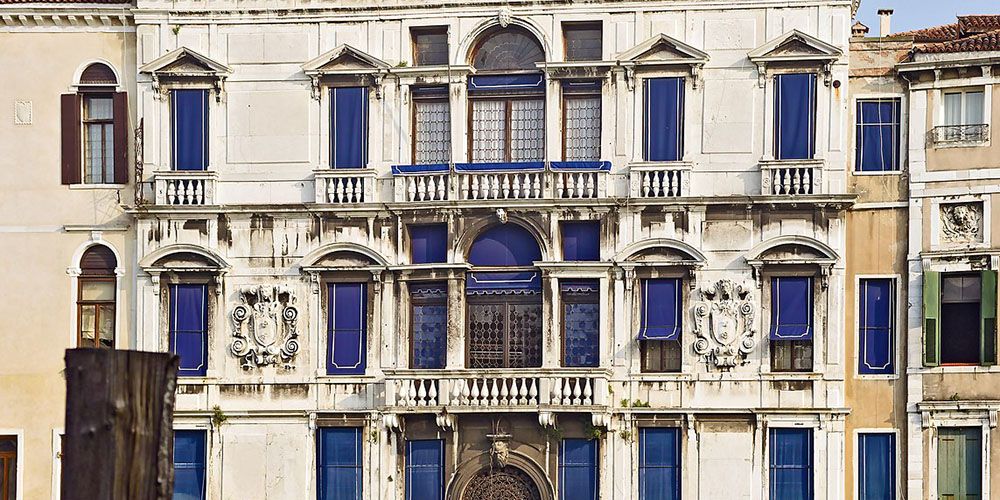
The first stop on our itinerary to discover the 5 places that you should know and visit in Venice if you love fashion is Palazzo Mocenigo, the Museum of fabric, costume and perfume, which well summarizes the history of fashion in Venice and how it has become one of the cornerstones on which the economy of the Serenissima was based. Palazzo Mocenigo is an elegant stately palace, located in the Santa Croce district, the building was inhabited for centuries by the Mocenigo family, one of the richest and most illustrious families of the Venetian patriciate, who gave Venice seven Doges. It was transformed into a museum and opened to the public in 1985, but even today, thanks to the maintenance of the spaces and some furnishings, it retains the charm and atmosphere of the house of the past.
The museum itinerary winds through 20 rooms where you will find 1300 figures, wearing clothes and accessories for a period ranging from the eighteenth to the twentieth century. In the rooms you will have the opportunity to retrace the evolution of fashion, textiles and clothing that have made Venice one of the most fashionable cities of all time. In 2013 the Museum enriched its collection with a section dedicated to cosmetics and to perfume, the visit ends with the olfactory stations, a sensorial experience, where you will have the opportunity to lose yourself in the precious fragrances from which all the perfumes of the Serenissima come. Getting to Palazzo Mocenigo is very simple, with the ferry (public water transport of the city of Venice) you will have to get off at the Stae stop, you will find the Museum at number 1992 of Calle Tentor, Salizada di San Stae.
4. Palazzo Fortuny: House-Museum of Mariano Fortuny
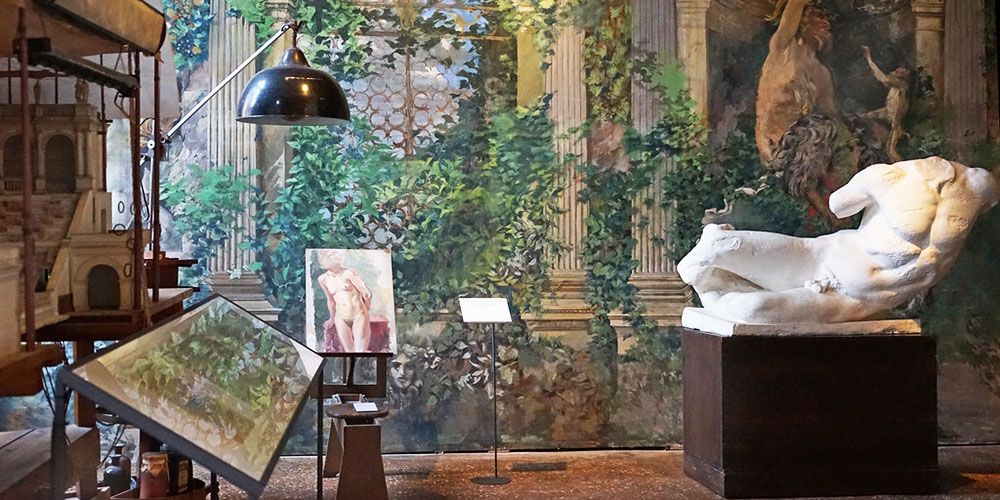
Stylist, set designer, multifaceted and virtuous artist, Mariano Fortuny, attracted by the charm of Venice, purchased the palace towards the end of the 19th century. At the beginning of the 20th century, he began the recovery work on the building, electing it as a private residence and a place for artistic and scenic experiments. Here he designed and built the first model of the famous theatrical device called Dome, a lighting system that revolutionized the theater scene. But it is in fashion and fabrics that Fortuny expresses his highest creativity, he establishes a small textile laboratory in the building, which over time he transforms into an Atelier and subsequently into a factory, for the creation and printing of clothes and fabrics in silk and velvet. Here Fortuny creates Delphos, a pleated silk dress that makes him famous throughout the world.
Visiting the Palazzo Fortuny is an essential stop for fashion in Venice, entering its spaces you will be able to perceive the creative talent and energy that has characterized Fortuny's entire life in Venice. The Palace is a house-museum where the presence of the artist and his wife Henriette, his muse, is permeable. You will find antiques, paintings and clothes from the Fortuny collection scattered everywhere. The last room, the study of Mariano Fortuny, is a corner room illuminated by 3 Gothic windows, where there are 3 paintings by Fortuny, including a self-portrait. Palazzo Fortuny is in the San Marco district not far from Palazzo Mocenigo, to get there you will have to take Vaporetto Line 1 and get off at the Sant'Angelo stop.
3. Fashion, art and sustainability: the work of Olimpia Biasi
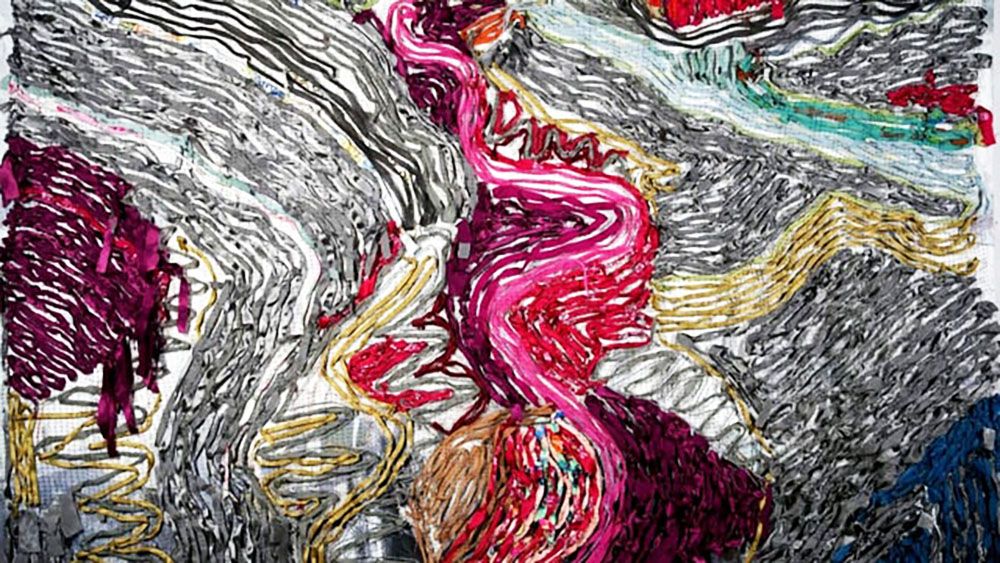
Fashion is beauty, history, culture, art and ethics and commitment; especially in the contemporary era it is essential to know and know how to choose what you wear. Olimpia Biasi's work Like a cloak for fireflies makes us reflect on the fairer use of resources, it is an impressive tapestry made with various and colorful scraps of discarded clothes, which the artist wove by hand on wire mesh. A large installation work, 7 meters long and 1.20 meters wide, which began its itinerant journey in the Theater Carlo Goldoni in Venice, is currently on display at the Teatro del Monaco in Treviso, the artist's hometown.
Olimpia Biasi's project is part of the initiatives of the Noventa di Piave Designer Outlet to encourage the circular economy starting from its company. The fabric bands used for the work were collected as part of the Recycle your fashion project, an initiative to re-use and re-cycle used clothes.
Noventa di Piave Designer Outlet is only a half-hour drive from Venice, but you can also reach it by bus, train, or the innovative private and shared pick-up service (8 seats, departing from Piazzale Roma in Venice). At the Noventa di Piave Designer Outlet you can enjoy luxury shopping that combines convenience and quality, as well as enjoy a day trip from Venice to the Lower Piave Valley lands, an Italian Camargue, made of very long dunes with reeds and pink flamingos where you can enjoy a regenerative walk in unspoiled nature, looking at the busy, but no less beautiful, Venice from afar.
Discover McArthurGlen Noventa di Piave Designer Outlet2. Villa Foscarini and Footwear Museum (Stra, Venice)
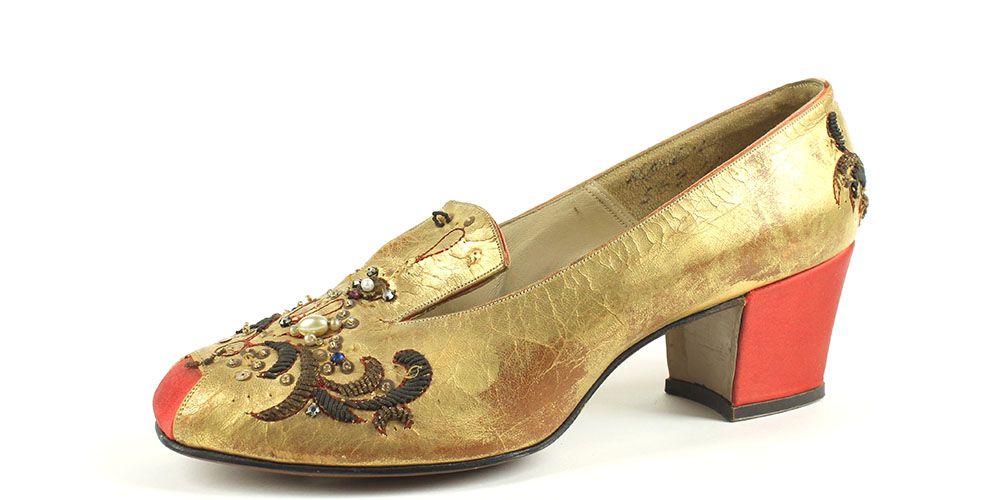
The fourth stage of our journey to discover fashion in Venice and its surroundings stops in Stra, in an enchanted place. We are between Padua and Venice, in Villa Foscarini, a 17th century building that tells the story of high-end footwear from 1947 to today. The Brenta Riviera is famous to produce the most spectacular and haute-couture shoes in the world and the Footwear Museum houses an original collection commissioned by Rossimoda, one of the companies that has marked the history of the footwear sector.
Behind every shoe lies an important piece of fashion history. At the Footwear Museum you will see ancient and ethnic shoes to move on to the fashionable footwear of 1960s Paris including the shoes worn by Catherine Deneuve in the film Belle de jour. In the collection there are also the models designed by Roger Vivier for the shoes worn by Queen Elizabeth II on the day of her coronation. The collection reaches up to the present day with designer and trendy shoes signed by stylists who have made history. The entrance to the Museum is on Stra, Via Doge Pisani, just over half an hour's drive from Venice.
1. Lace Museum in Burano
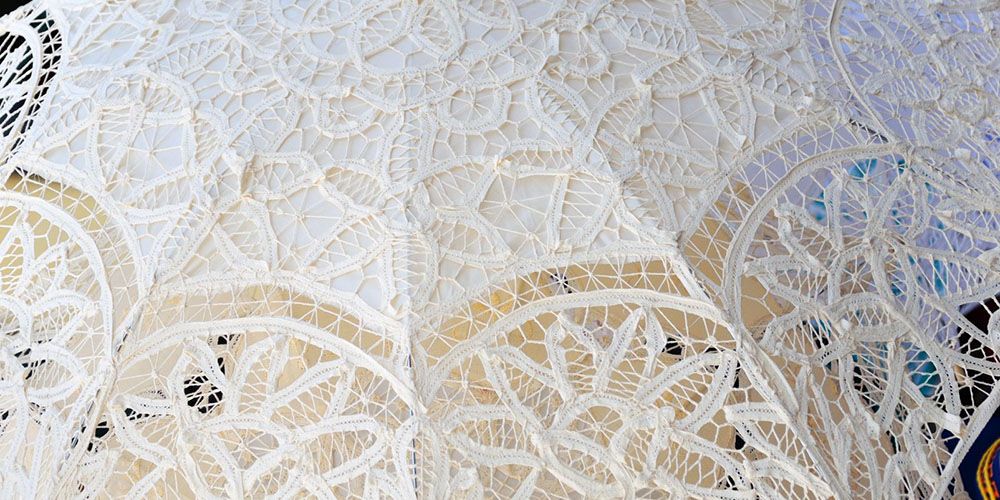
With our last stop we return to Venice, more precisely to the enchanting island of Burano, a quiet and peaceful colorful island that can be reached from Venice with one of the many vaporettos that whiz through the waters of the lagoon. Time in Burano seems to have stopped, in the small streets you will still see elderly and less elderly ladies’ intent on the art of lace using the ancient bobbin technique (tool used to create embroidery), if you stop discreetly to observe you will see people coming out from their fairy hands magnificent embroidery and laces.
The Lace Museum is in the historic Burano lace school in Piazza Galuppi, with over two hundred rare and precious examples from the school's rich collection on display. They offer a complete overview of the historical and artistic events of Venetian and lagoon lace, from its origins to the present day and testify to the evolution of the manufacturing technique. The Lace Museum is also included in the Venice Pass attractions, which once again we suggest you consider. Our itinerary of the 5 places you should know in Venice and its surroundings if you love fashion ends with the Lace Museum.
About the author
Written on 03/07/2024


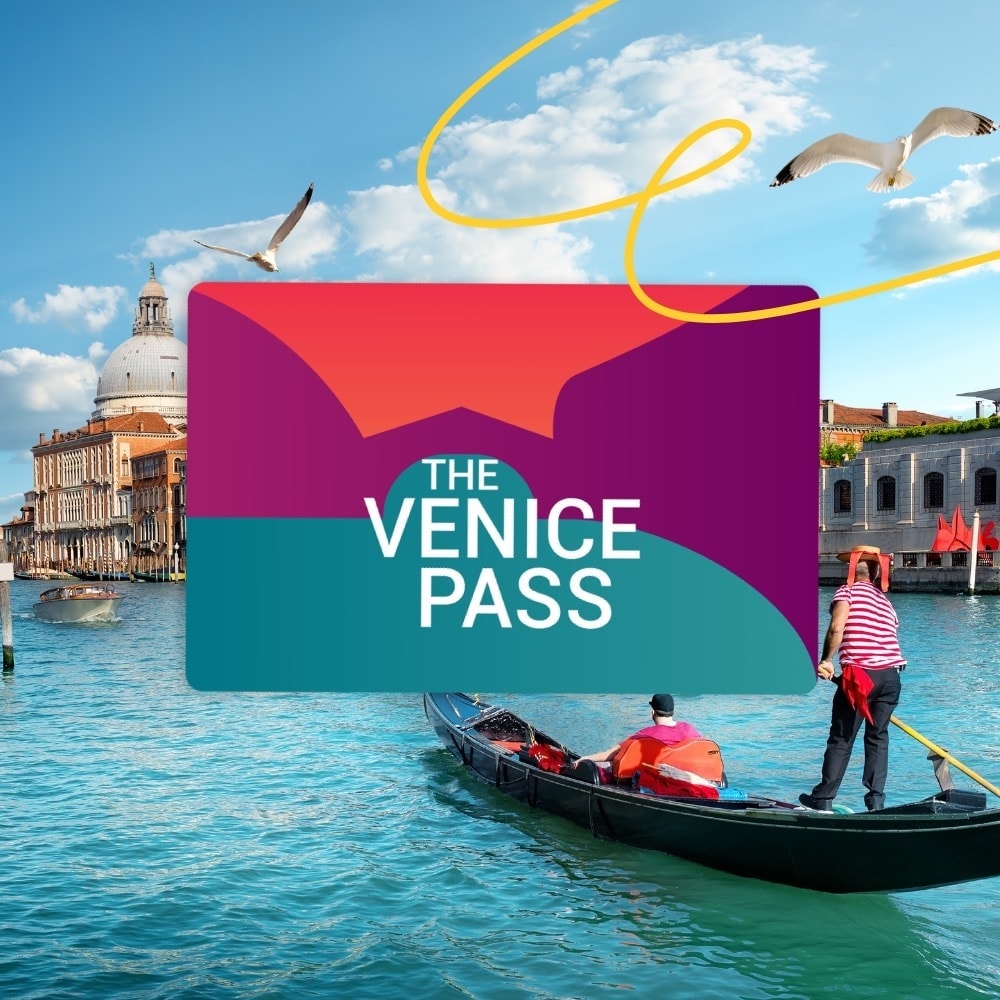
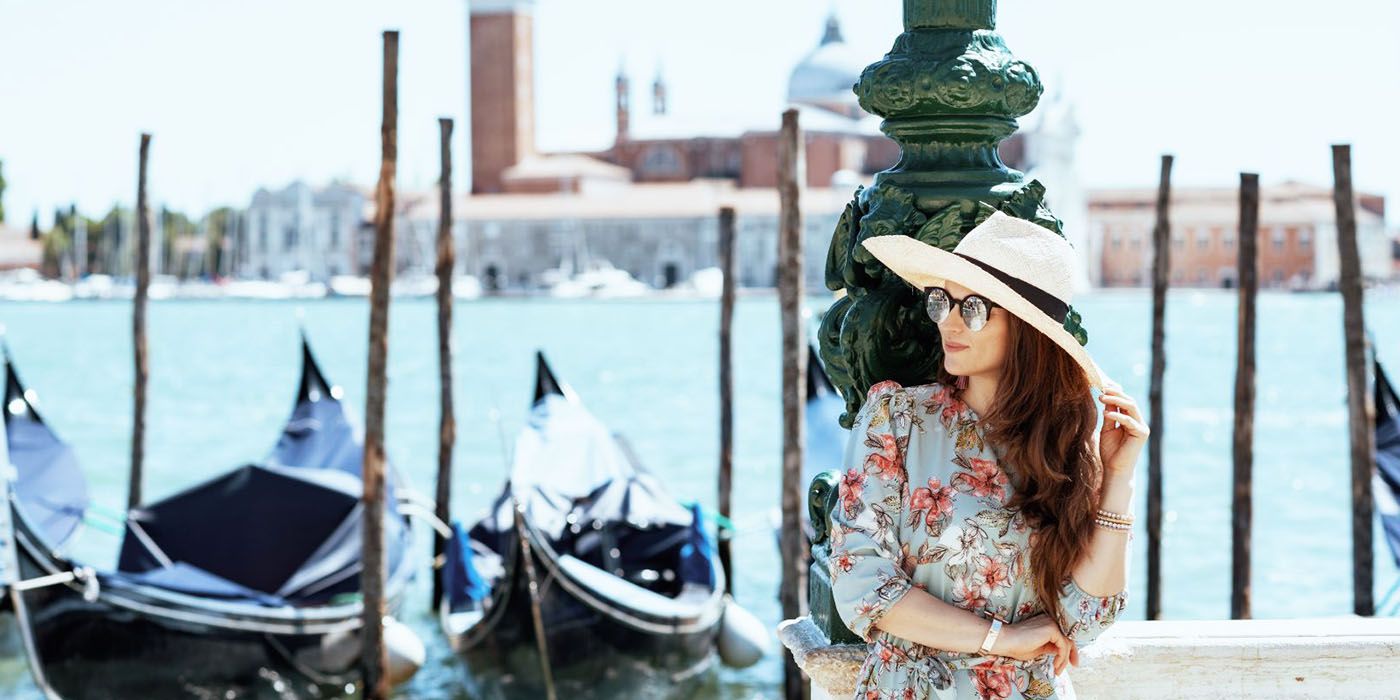

Chiarastella Campanelli
Let yourself be seduced by the glamorous charm and discover the 5 places, in Venice and surroundings, that you should visit if you love fashion.